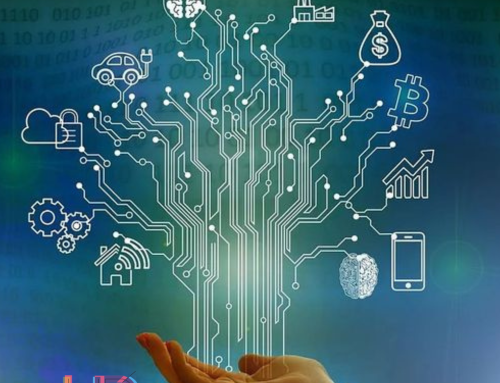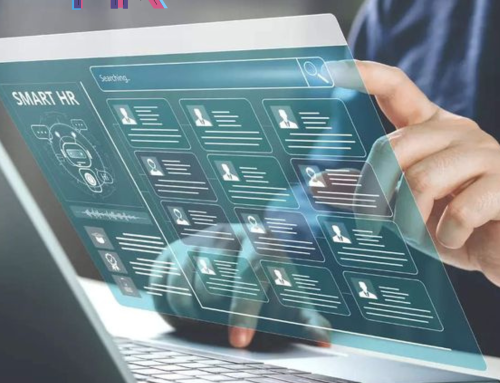
In today’s fast-paced business environment, Human Resources (HR) is no longer limited to hiring, payroll, and employee relations. With rapid advancements in technology, HR has transformed into a strategic function that plays a crucial role in driving organizational success. From artificial intelligence (AI) to advanced analytics, hr and technology trends are reshaping how companies attract, manage, and retain talent.
Here are some of the latest trends in hr and technology that are making waves in the industry:
1. Artificial Intelligence and Machine Learning in HR
AI and machine learning are revolutionizing HR processes, making them more efficient and data-driven. AI can assist in various tasks, such as:
- Talent acquisition: AI-powered tools can screen resumes, rank candidates, and even conduct initial interviews using chatbots.
- Employee engagement: Machine learning algorithms can analyze employee behavior and feedback to predict engagement levels and identify areas of improvement.
- Personalized learning: AI-driven learning platforms provide personalized training recommendations based on an employee’s skills, role, and career goals.
By automating repetitive tasks, AI enables HR professionals to focus more on strategic initiatives and employee well-being.
2. HR Analytics and Data-Driven Decision Making
Data analytics has become a cornerstone of modern HR. HR departments are leveraging advanced analytics to make informed decisions about hiring, retention, performance, and compensation. Key areas where HR analytics is making an impact include:
- Workforce planning: Predictive analytics helps companies anticipate future workforce needs based on business growth and market trends.
- Turnover analysis: Data can help identify patterns and reasons behind employee attrition, allowing HR to take proactive steps to improve retention.
- Diversity and inclusion: Metrics on diversity can help organizations track progress and implement initiatives to build a more inclusive workplace.
With the right data, HR leaders can back their decisions with evidence, improving overall organizational performance.
3. Employee Experience Platforms
Employee experience has become a top priority for organizations, and technology is playing a vital role in enhancing it. Employee experience platforms integrate various HR functions into a single interface, providing a seamless experience for employees. These platforms often include:
- Onboarding modules: Helping new hires integrate smoothly into the organization.
- Wellness tools: Offering resources and support for physical, mental, and financial well-being.
- Feedback systems: Enabling continuous feedback and recognition to foster a positive work culture.
By improving the employee experience, businesses can boost engagement, productivity, and retention.
4. Remote Work and Hybrid Workforce Solutions
The rise of remote and hybrid work models has accelerated the adoption of HR technologies that support flexible work arrangements. Tools that facilitate collaboration, communication, and productivity have become essential. Key technologies supporting remote work include:
- Virtual collaboration platforms: Tools like Slack, Microsoft Teams, and Zoom have become integral to maintaining team connectivity.
- Time tracking and productivity software: Helping managers monitor work progress without micromanaging employees.
- Digital performance management: Platforms that allow for continuous feedback, goal setting, and performance reviews, regardless of location.
HR and technology is crucial in ensuring that remote employees feel connected, engaged, and supported.
5. Continuous Learning and Development Platforms
Learning and development (L&D) have always been critical to employee growth, but traditional methods are becoming obsolete. Modern HR and technology trends focus on continuous learning through digital platforms that offer:
- Microlearning: Short, bite-sized courses that employees can complete at their convenience.
- Gamification: Making learning more engaging by incorporating game-like elements such as rewards and leaderboards.
- Social learning: Allowing employees to learn from each other through forums, discussion boards, and collaborative projects.
Continuous learning platforms not only help employees upskill but also enable organizations to build a future-ready workforce.
6. HR Chatbots and Virtual Assistants
HR chatbots are becoming increasingly popular for providing instant support to employees. These virtual assistants can handle a wide range of queries, from leave balances and company policies to benefits information. Benefits of using HR chatbots include:
- 24/7 support: Employees can get answers to their questions at any time without waiting for HR staff.
- Reduced workload: By handling routine queries, chatbots free up HR professionals to focus on more complex tasks.
- Improved employee experience: Quick and accurate responses enhance employee satisfaction.
As chatbot technology continues to evolve, we can expect even more sophisticated HR virtual assistants in the near future.
7. Cloud-Based HR Solutions
Cloud-based HR systems have become the norm for businesses of all sizes. These systems offer flexibility, scalability, and real-time access to data. Benefits of cloud-based HR solutions include:
- Easy updates and maintenance: Vendors handle software updates, ensuring that businesses always have access to the latest features.
- Scalability: Cloud solutions can easily scale as the organization grows.
- Remote accessibility: HR staff and employees can access the system from anywhere, supporting remote work models.
Popular cloud-based HR solutions include Workday, SAP SuccessFactors, and BambooHR.
8. Diversity, Equity, and Inclusion (DEI) Tools
Organizations are increasingly using technology to drive DEI initiatives. DEI tools can help:
- Track diversity metrics: Providing insights into workforce composition and progress toward DEI goals.
- Eliminate bias: AI-powered recruitment tools can reduce unconscious bias in hiring by focusing solely on candidate qualifications.
- Foster an inclusive culture: Platforms that facilitate anonymous feedback and open communication help create a more inclusive workplace.
Investing in DEI technology not only enhances workplace culture but also improves innovation and business outcomes.
9. Compliance and Risk Management Solutions
HR departments face complex regulatory environments, and non-compliance can result in hefty fines and reputational damage. Compliance technology helps businesses stay updated with labor laws and regulations. These solutions offer:
- Automated compliance tracking: Ensuring that policies and procedures meet legal requirements.
- Audit trails: Providing detailed records for audits and inspections.
- Training modules: Offering mandatory compliance training for employees.
By using compliance technology, businesses can reduce risks and maintain a positive reputation.
Conclusion
The future of HR lies in embracing technology—not just as a tool for automation but as a strategic partner in building a thriving workforce. With the right HR technology solutions, companies can navigate the complexities of modern workforce management and position themselves for long-term success.
Frequently Ask Questions
Q. How is technology used in HR?
A. Technology in HR is used for automating recruitment, managing employee data, improving performance tracking, and facilitating training through HR software and AI-based tools, making processes more efficient and data-driven.
Q. Is HR in demand in the USA?
A. Yes, HR professionals are in high demand in the USA as organizations focus on talent acquisition, employee well-being, diversity, and optimizing workforce management, particularly in a competitive job market.
Q. What is the relationship between hr and technology?
A. hr and technology are closely linked as technology enhances HR functions such as recruitment, data analysis, employee engagement, and performance management, allowing HR departments to be more strategic and efficient.
Q. What is HR called in the USA?
A. In the USA, HR is often referred to as “Human Resources” or “People Operations,” focusing on managing the workforce and optimizing organizational culture and performance.
Q. What will HR look like in 2025?
A. By 2025, HR will likely be more AI-driven, with increased use of data analytics for decision-making, automation for administrative tasks, and a stronger emphasis on employee experience and well-being.
Q. Which is the best HR software?
A. Popular HR software options include Workday, BambooHR, ADP, and UltiPro, each excelling in areas like recruitment, payroll, performance management, and employee engagement depending on organizational needs.




